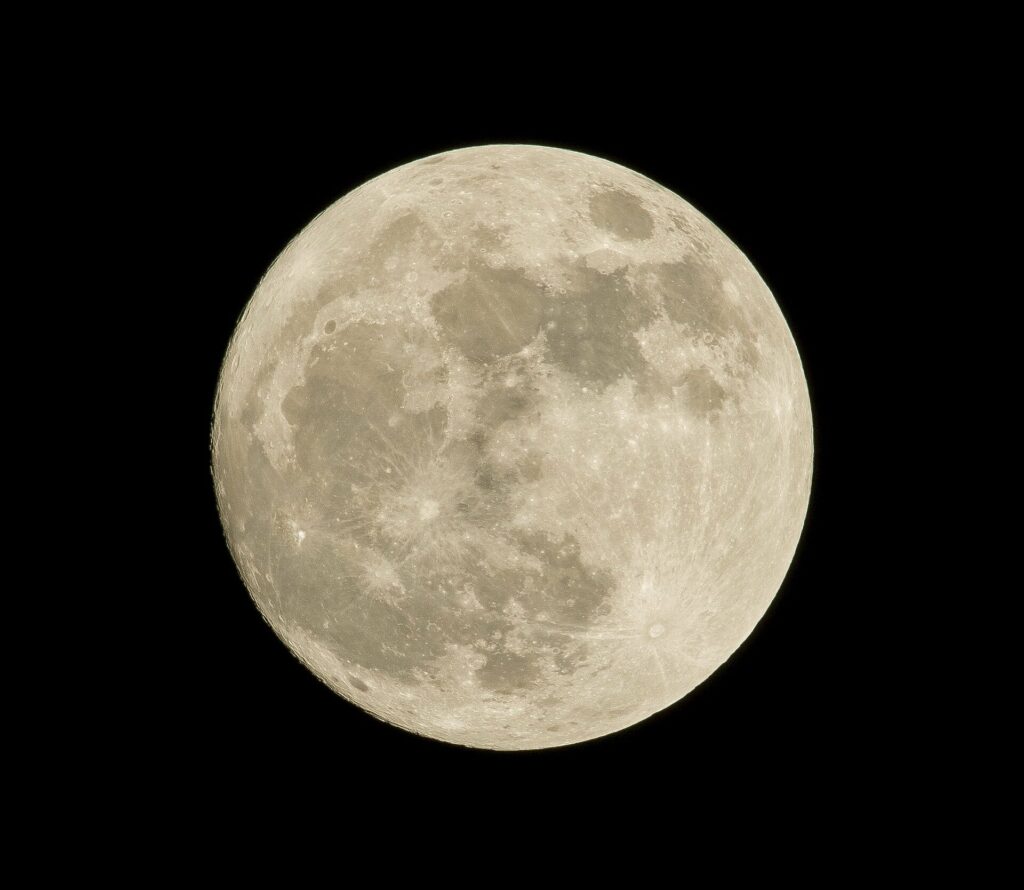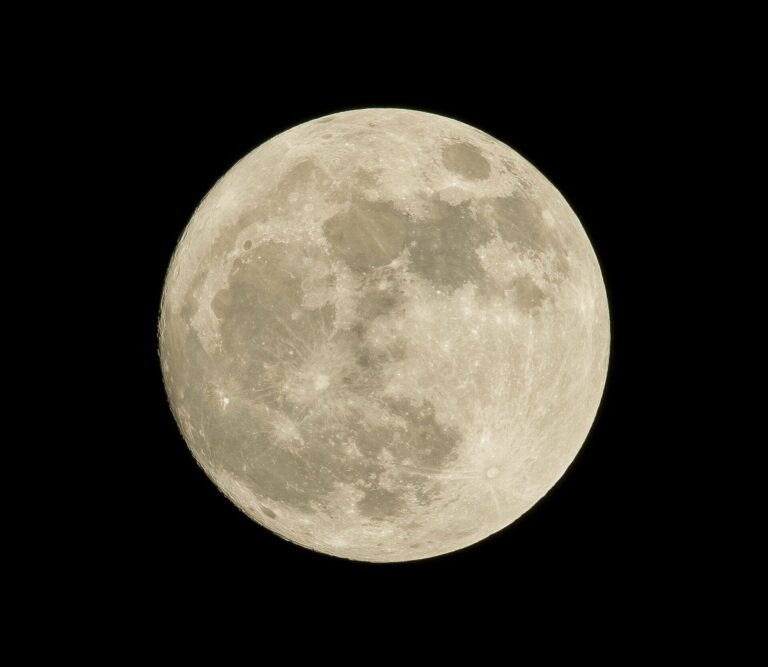Lunar Daydreams: Contemporary Exploration of the Moon
Japan, which is set to make a lunar landing attempt with its unmanned “sniper” probe on Saturday, is among several nations and private companies embarking on new missions to the moon.Up until now, only four countries—the United States, the Soviet Union, China, and most recently India—have achieved this remarkable feat, although their spacecraft have often faced challenges such as communication loss or crash-landings.The current lunar exploration initiatives encompass ambitious plans to send humans to the moon for the first time since 1972 and ultimately establish permanent bases there.

Here is an overview of the most recent moon missions:
United States
The initial nation to successfully land on the moon is aiming to establish a long-term presence there, serving as a crucial stopover for future missions to Mars. However, it has encountered two setbacks in recent times. Firstly, NASA had to delay its plans for crewed lunar missions, pushing them back to 2025 in order to conduct additional safety checks. Additionally, a private lander had to abort its mission due to a fuel leak. Despite these challenges, NASA’s Artemis program is still determined to send astronauts around the moon in 2026, with the objective of landing the first woman and person of color on lunar soil. However, even this timeline may be overly optimistic, as the Artemis 3 lander, a modified version of SpaceX’s Starship rocket, has experienced explosions during two test flights. Nevertheless, NASA remains optimistic due to its collaborations with commercial partners, which provide more opportunities for success. Unfortunately, the Peregrine lunar lander, developed by US company Astrobotic, failed to reach its destination after losing fuel shortly after take-off. The next attempt, led by Intuitive Machines based in Texas, is scheduled for launch in February.
India
Amidst cheers at mission control in August, the chair of India’s space agency announced that India had successfully landed near the moon’s south pole, marking a significant milestone for the country’s space program. The unmanned Chandrayaan-3 mission had orbited Earth multiple times to gain momentum before embarking on this historic journey. This achievement adds to India’s previous accomplishments, such as becoming the first Asian nation to orbit a probe around Mars in 2014. Despite a failed moon landing in 2019, India’s space agency, ISRO, remains determined and has planned a dozen missions for 2024. Among these missions is the preparation for a crewed space flight, which will be the first of its kind for India, involving a three-day trip into Earth’s orbit.
Russia
Russia’s attempt to revive its lunar exploration with the Luna-25 mission in August ended in disappointment. The lander, which was intended to gather samples and study the moon’s soil for a year, crashed on the rocky surface. This setback has dealt a significant blow to Moscow’s ambitions of continuing the legacy of the Soviet-era Luna missions. Compounded by financial difficulties and corruption scandals within its space program, Russia’s hopes have been dampened. In response, President Vladimir Putin has been actively seeking to enhance space collaboration with China, as relations with the West have soured since Russia’s invasion of Ukraine in 2022.
China
China’s military-led space program has received significant financial investment from the world’s second-largest economy as it strives to achieve its “space dream” under the leadership of President Xi Jinping.Ten years have passed since the historic landing of the Chang’e-3, marking China’s first successful mission to the moon. Since then, the country has set its sights on sending a crewed mission by 2030 and establishing a lunar base.In 2019, the unmanned Chang’e-4 made a groundbreaking landing on the far side of the moon, followed by the Chang’e-5 mission a year later, which brought back the first lunar samples in over four decades.Continuing its rapid progress, China recently dispatched a fresh team to its Tiangong space station in October, marking another milestone in its flourishing space program.
Japan
In April of last year, the Japanese company ispace made an attempt at a gentle landing on the moon, but unfortunately, it ended in a crash. This made them the third private organization to fail in this endeavor. The Japan Aerospace Exploration Agency (JAXA) has been facing a series of unfortunate events, including a loss of communication with its Omotenashi lunar probe during the Artemis 1 mission in 2022. Additionally, they have experienced failures with their next-generation H3 launch rocket and the typically reliable solid-fuel Epsilon rocket. Therefore, there is a great deal of anticipation surrounding the successful touchdown of their Smart Lander for Investigating Moon (SLIM), affectionately known as the “Moon Sniper” due to its exceptional precision in landing. However, there is mounting pressure as other countries, ranging from South Korea to the United Arab Emirates, intensify their efforts to make their mark in lunar exploration.
This article is republished from PhysORG under a Creative Commons license. Read the original article.
Do not forget to share your opinion with us to provide you with the best posts !




0 Comments